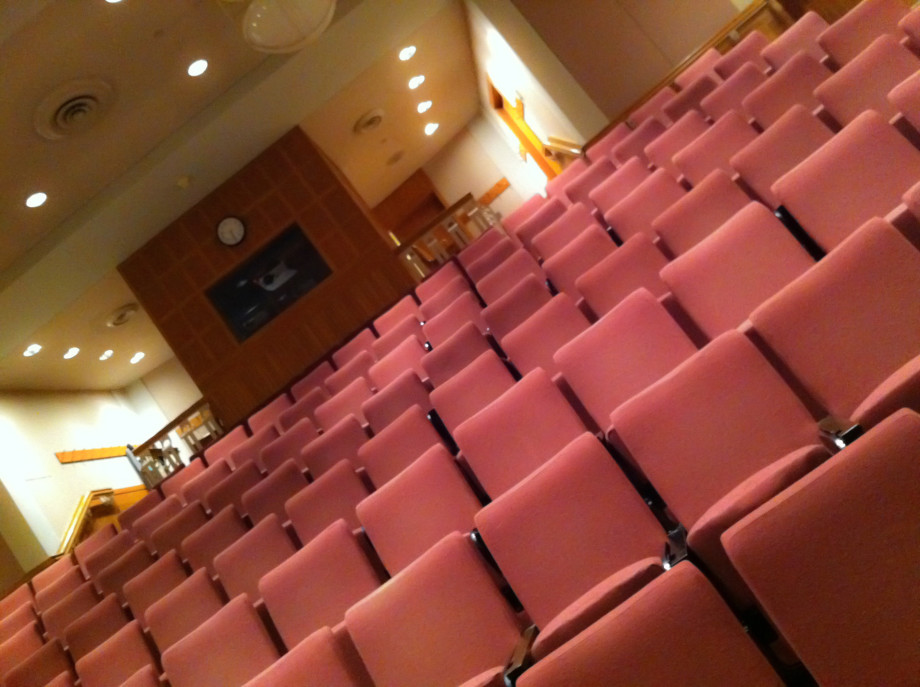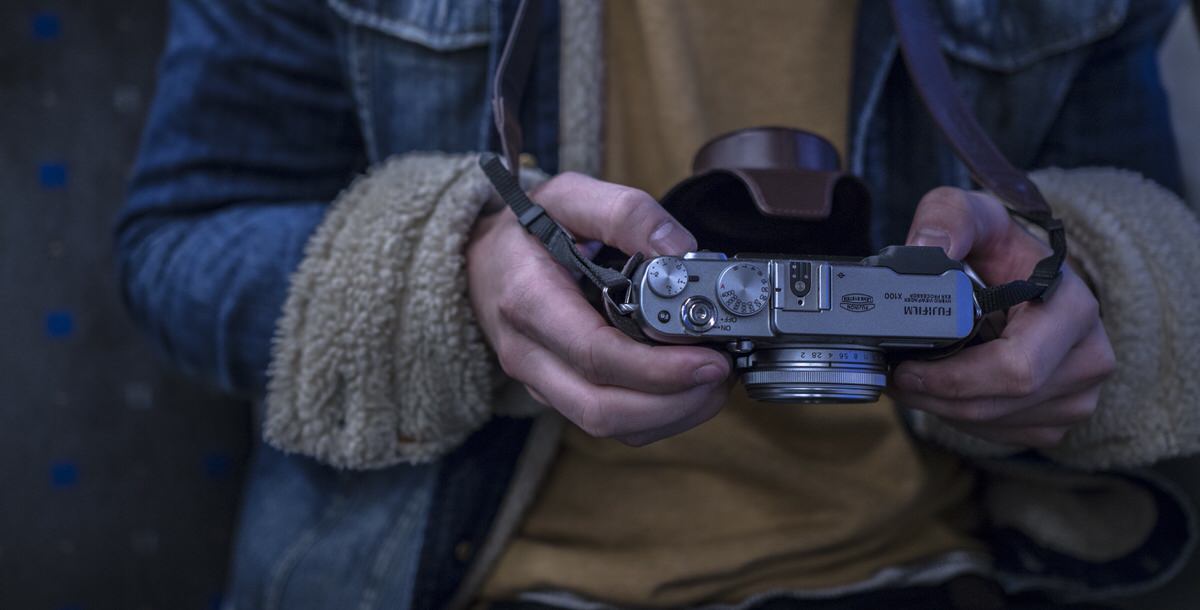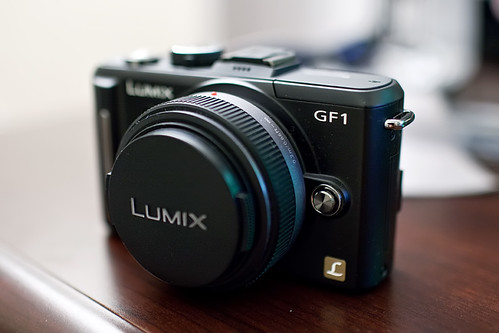A bit late to the party — and another confusing acronym — but Nikon has finally released a new camera format to compete in the mirrorless interchangeable lens (MILC) market. They are calling it the CX format because the sensor size is smaller than DX and micro 4⁄3 and has a 2.7 crop factor.
Personally, I don't like it. I don't think the market needs another mirrorless lens format. I would have preferred a micro 4⁄3 format. I could have availed myself of already good lenses from Olympus and Panasonic. I may change my mind if the CX-format catches on. Nikon has released an adapter, the FT1, to allow the use of existing DX and FX lenses on this new format. This helps soften the economic impact of accumulating a new collection of lenses.
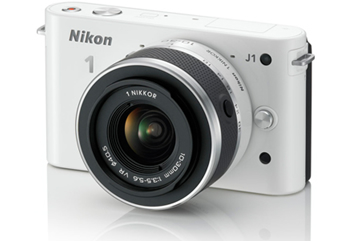 I am also disappointed by the design of the camera. I love the retro look of the Fuji X100. Nikon could have borrowed a design from their own 35mm film camera history. I think I would buy a 4⁄3 format version of the Nikon FM2 with associated retro dials.
I am also disappointed by the design of the camera. I love the retro look of the Fuji X100. Nikon could have borrowed a design from their own 35mm film camera history. I think I would buy a 4⁄3 format version of the Nikon FM2 with associated retro dials.
Over on Facebook, a heated discussion has started over the size of the sensor. Some of the professionals think the 2.7 crop factor ruins the camera and were hoping for mirrorless FX camera bodies. Some commentators understand that the advanced amateur market is larger and more profitable than the professional market and realize that that's where camera companies make most of their money. A camera manufacturer that focuses primarily on the needs of photography professionals would soon represent a tiny fraction of the market.
I'm confident that something similar may have happened when the DSLR was introduced. Film photographers everywhere were probably up in arms about the new technology. But look around now. Consumers are in the driver's seat. Just like the iPad is succeeding despite tech geeks who whine about it not being a real computer, the interchangeable mirror-less lens market will grow and subsume the DSLR market. Real and true innovation will come from that direction.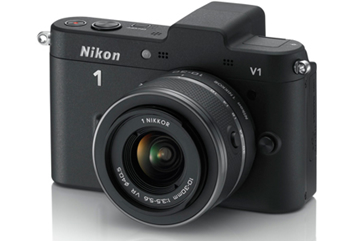
I think Nikon had to do something. A recentarticle in Bloombergsuggest Canon and Nikon, the world’s two biggest makers of high-end cameras may be left out of the industry’s shift to smaller format camera.
Most consumers want a small compact camera - something that fits in a purse or pocket. More advanced amateur photographers want to change lenses but also want a camera the spouse and kids can use. DSLRs are way too bulky. Once you get rid of the mirror box and then shrink the sensor you get something that can bridge the gap between DSLR and point and shoot. This is why the Sony NEX system camera is selling like hotcakes.
